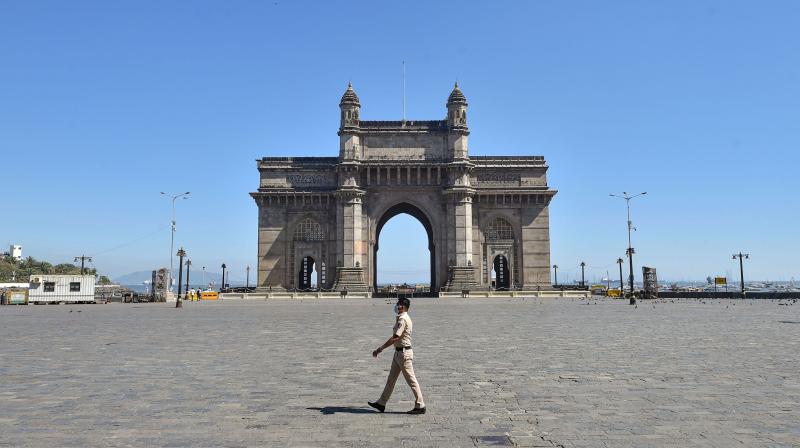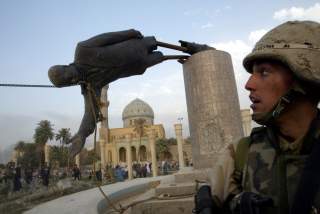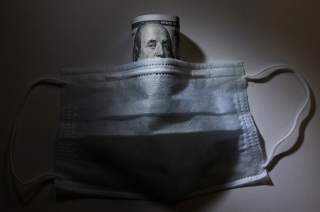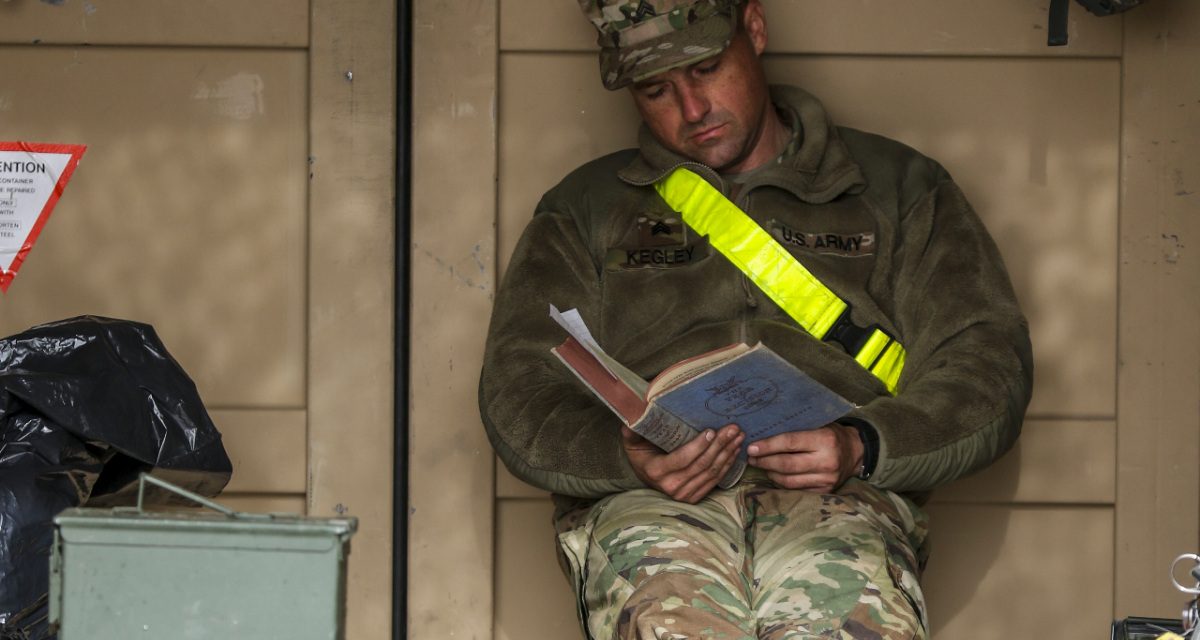In 2003, as the virus causing the Severe Acute Respiratory Syndrome (SARS) dominated the headlines, Satish Chandra, a former Indian Foreign Service veteran who was then deputy national security adviser, was appalled by India’s unpreparedness to deal with a pandemic threat.
As Covid-19 rages through the world and has thousands infected, India seems to have escaped the brunt so far. It managed to quickly lock down its borders and started screening passengers at international airports fairly early. With positive detections of the virus at around 173 at last count, it seems to be in control. But Satish Chandra’s initial efforts uncovered a host of issues that are yet to be addressed. His study also didn’t focus on several key issues that have a major bearing on India’s national interests.
Soon after the SARS virus became known, Satish Chandra immediately called a meeting at the National Security Council Secretariat and marshalled the available resources to put together a paper on this. This was arguably the first Indian government study on how to deal with such kind of biological threats.












